In the evolving landscape of the transportation industry, fuel choice remains a pivotal factor influencing operational efficiency, cost-effectiveness, and environmental sustainability. As semi-trailer manufacturers and fleet operators seek optimal solutions, understanding the nuances between Liquefied Natural Gas (LNG) and Liquefied Petroleum Gas (LPG) becomes essential. This comprehensive comparison delves into the distinctions, advantages, and considerations of LNG and LPG, equipping stakeholders with the insights needed to make informed decisions.
Understanding LNG and LPG
What is Liquefied Natural Gas (LNG)?
Liquefied Natural Gas (LNG) is natural gas, primarily composed of methane, that has been cooled to approximately -162°C (-260°F), transforming it into a liquid state. This liquefaction process reduces the gas’s volume by about 600 times, facilitating efficient storage and transportation. LNG is predominantly used in the energy sector, powering industries, electricity generation, and increasingly, in transportation as an alternative fuel.

What is Liquefied Petroleum Gas (LPG)?
Liquefied Petroleum Gas (LPG) is a blend of hydrocarbon gases, chiefly propane and butane, which are liquefied through pressurization. Unlike LNG, LPG does not require extremely low temperatures for liquefaction, making it easier to handle and store. LPG is widely utilized for heating, cooking, and as a fuel for vehicles, including semi-trailers, due to its portability and energy density.
Energy Density and Efficiency
Energy density is a critical factor in determining the viability of a fuel for long-haul transportation. It influences the range, payload capacity, and overall efficiency of semi-trailers.
Comparative Energy Content
| Fuel Type | Energy Density (MJ/L) | Mileage per Liter |
|---|---|---|
| LNG | 21.1 | Higher |
| LPG | 25.0 | Moderate |
LPG boasts a higher energy density compared to LNG, offering more energy per liter. This characteristic translates to better mileage, reducing the frequency of refueling stops. However, LNG’s higher capacity in certain applications can offset its lower energy density, especially where extensive infrastructure supports its use.
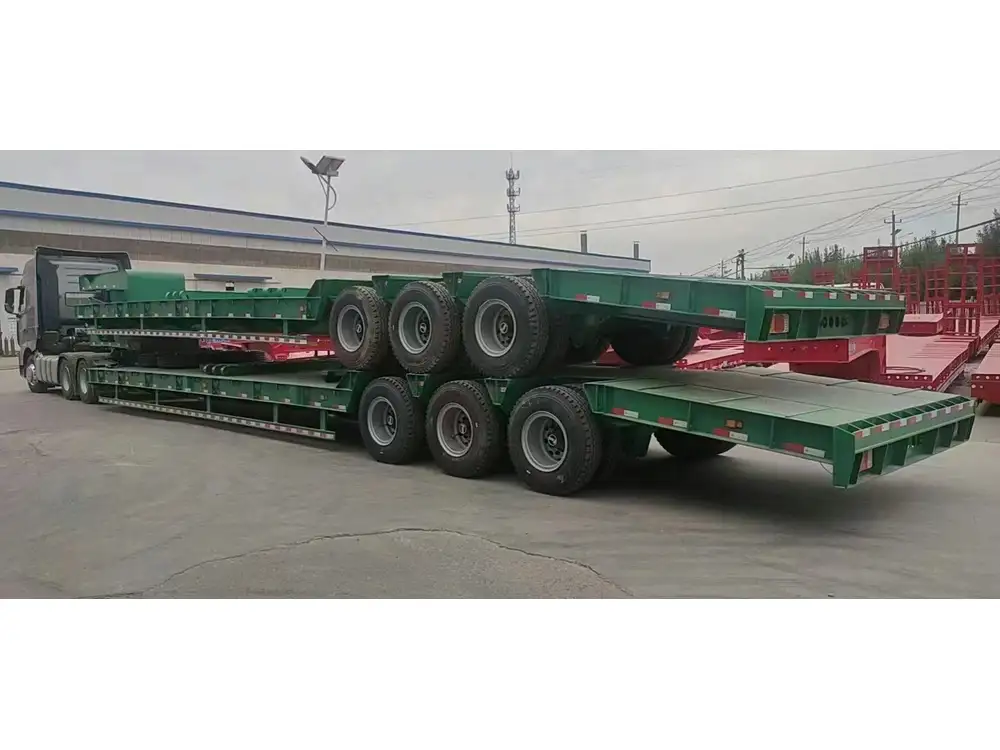
Efficiency in Fuel Utilization
Efficiency extends beyond energy density, encompassing how effectively a fuel is converted into usable energy by the engine. Modern engines optimized for LNG can achieve higher thermal efficiency, capitalizing on its cleaner burning properties. Conversely, LPG engines may require adjustments to optimize performance, potentially impacting overall efficiency metrics.
Storage and Transport Requirements
The logistics of storing and transporting LNG and LPG are paramount considerations for semi-trailer manufacturers and fleet operators.
Storage Conditions
LNG: Requires cryogenic storage tanks capable of maintaining ultra-low temperatures to keep the gas in liquid form. This necessitates specialized containment systems with robust insulation to minimize boil-off rates.
LPG: Stored in pressurized tanks at ambient temperatures. The infrastructure for LPG storage is generally simpler and less costly compared to LNG, as it does not require refrigeration.

Infrastructure Needs
LNG: The establishment of LNG fueling stations demands significant investment in cryogenic tanks, safety systems, and handling equipment. The complexity of LNG infrastructure can be a barrier to widespread adoption, especially in regions lacking existing natural gas distribution networks.
LPG: Infrastructure for LPG is more ubiquitous, with a network of refueling stations widely available. The ease of transportation and storage facilitates quicker deployment and scalability for fleet operations.
Safety Considerations
Safety is a non-negotiable aspect of fuel selection, impacting not only operational protocols but also regulatory compliance and public perception.
Handling Risks
LNG: The extremely low temperatures pose risks of frostbite and equipment embrittlement. Additionally, LNG vaporizes into natural gas, which must be managed to prevent flammability hazards.
LPG: Being heavier than air, LPG can accumulate in low-lying areas, presenting explosion risks if leaks occur. Proper ventilation and leak detection systems are essential to mitigate these hazards.

Safety Features in Semi-Trailers
Modern semi-trailers designed for LNG and LPG incorporate advanced safety features tailored to each fuel type:
LNG Trailers: Equipped with double-walled cryogenic tanks, emergency pressure relief valves, and comprehensive monitoring systems to detect leaks and temperature fluctuations.
LPG Trailers: Utilize robust pressurized tanks with flame arrestors, over-pressure protection, and inert gas blanketing to prevent vapor ignition.
Cost Implications
The financial aspect of fuel choice encompasses both upfront investments and ongoing operational expenses.
Fuel Costs
LNG: Generally offers lower fuel costs per energy unit compared to LPG, driven by the abundance of natural gas reserves and established extraction processes. However, price volatility linked to global energy markets can influence long-term cost predictability.
LPG: While LPG might present higher fuel costs per energy unit, its stability in pricing and widespread availability can provide budgetary assurance for fleet operators.

Infrastructure Investment
LNG: Significant capital expenditure is required to develop LNG storage and refueling infrastructure. This includes specialized equipment, safety systems, and training for personnel handling LNG.
LPG: Lower infrastructure costs make LPG an attractive option for smaller fleets or regions with existing LPG distribution networks. Transitioning to LPG requires less financial burden compared to LNG.
Total Cost of Ownership (TCO)
When evaluating TCO, factors such as fuel efficiency, maintenance costs, and potential subsidies for clean energy adoption must be considered. LNG may offer long-term savings through higher efficiency and lower emissions, whereas LPG provides a balance of cost and ease of implementation.
Environmental Impact
Environmental sustainability is a driving force behind the shift towards alternative fuels in the transportation sector. Comparing LNG and LPG involves assessing their emissions profiles and overall ecological footprint.
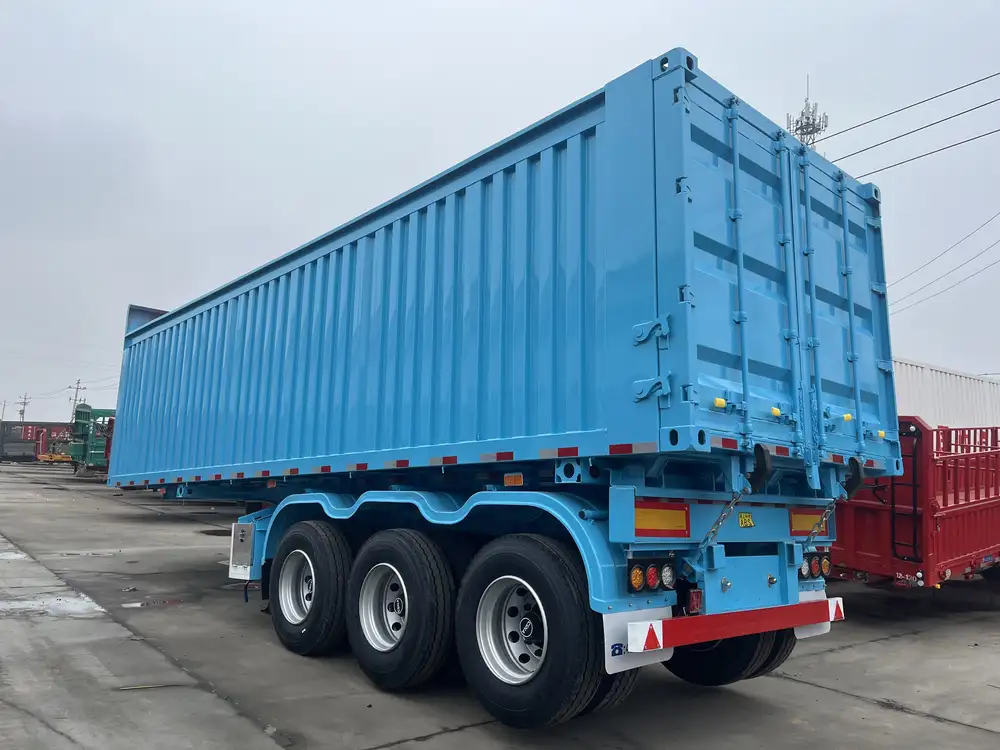
Emissions Comparison
| Emission Type | LNG | LPG |
|---|---|---|
| CO2 | Lower than diesel and LPG | Lower than diesel but higher than LNG |
| NOx | Reduced emissions | Moderate reduction |
| Particulate | Minimal particulate emissions | Higher particulate emissions compared to LNG |
| Methane | Potential methane leakage concerns | Minimal methane emissions |
LNG typically results in lower carbon dioxide (CO2) emissions compared to both diesel and LPG, making it a more environmentally friendly option. It also produces fewer nitrogen oxides (NOx) and virtually no particulate matter, aligning with stringent emission standards. LPG, while cleaner than traditional diesel, still emits more CO2 and particulates than LNG.
Sustainability Factors
The production and extraction methods for LNG and LPG also impact their sustainability profiles. LNG benefits from the abundance of natural gas, which has a lower carbon footprint during extraction compared to oil-based fuels. LPG, being a byproduct of natural gas processing and oil refining, presents a slightly higher environmental impact but remains a viable cleaner alternative to fossil fuels.
Applications in the Semi-Trailer Industry
The choice between LNG and LPG significantly influences the operational dynamics of semi-trailers, from range and payload to fueling logistics and regulatory compliance.
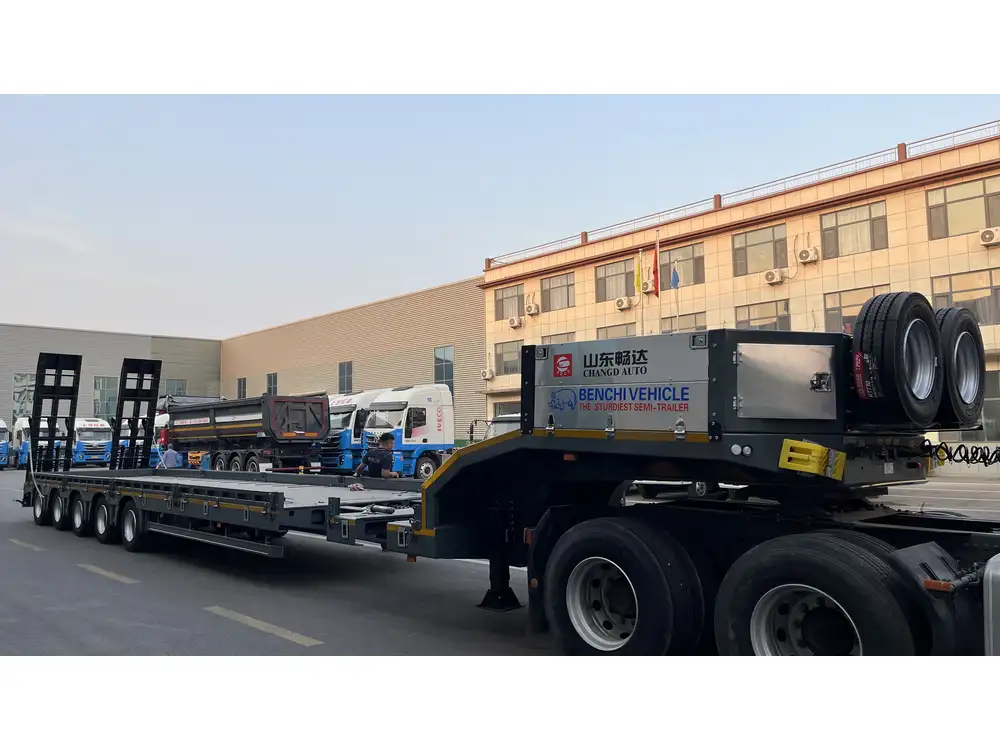
Current Usage Trends
LNG: Adoption of LNG is growing among long-haul trucking fleets seeking to minimize emissions and capitalize on natural gas efficiency. Its use is particularly prevalent in regions with established natural gas infrastructure and supportive regulatory environments.
LPG: LPG remains popular among regional and local delivery fleets due to its flexibility and widespread availability. Its ease of use and lower infrastructure requirements make it suitable for a broader range of applications.
CarMax Vehicle’s Solutions
At CarMax Vehicle, we recognize the distinct advantages each fuel presents. Our semi-trailers are engineered to accommodate both LNG and LPG, offering customizable solutions that cater to the specific needs of our clients. By integrating advanced safety features, optimizing fuel storage systems, and ensuring compatibility with emerging technologies, CarMax Trailer stands at the forefront of providing efficient and sustainable transportation solutions.
| Feature | LNG-Compatible Trailers | LPG-Compatible Trailers |
|---|---|---|
| Tank Design | Cryogenic double-walled tanks | Pressurized, robust tanks |
| Safety Systems | Advanced leak detection and temperature control | Flame arrestors and over-pressure protection |
| Fuel Efficiency | Optimized for high energy density | Balanced for flexibility and efficiency |
| Maintenance | Specialized services for cryogenic systems | Standard procedures with emphasis on pressurized systems |
Our commitment to innovation ensures that whether choosing LNG or LPG, our clients benefit from reliability, safety, and performance tailored to the demands of modern logistics.
Future Prospects and Innovations
The transition towards alternative fuels like LNG and LPG is part of a broader movement towards sustainable transportation. Future developments are poised to enhance the viability and attractiveness of both fuels.
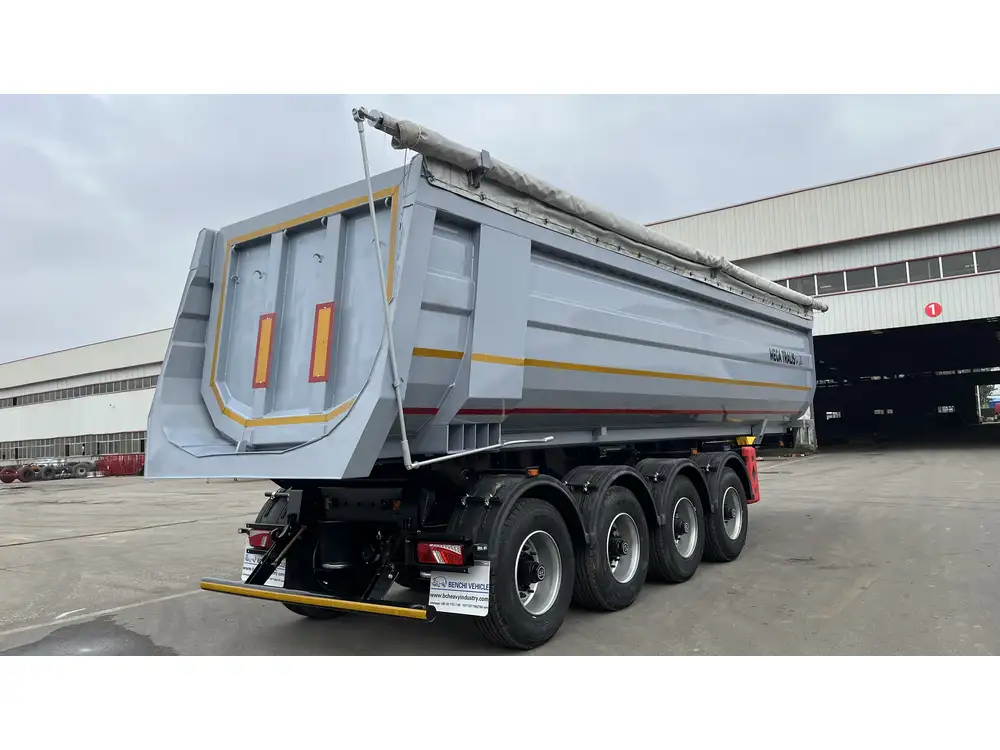
Technological Advancements
Ongoing research focuses on improving fuel storage technologies, increasing energy efficiency, and reducing emissions further. Innovations such as lightweight composite tanks for LNG and advanced vapor recovery systems for LPG promise to enhance operational performance and environmental benefits.
Regulatory Landscape
Global and regional regulations are increasingly favoring low-emission vehicles, providing incentives for fleets adopting LNG and LPG. Compliance with these regulations not only ensures legal adherence but also positions companies as leaders in sustainability.
Market Dynamics
As the market for alternative fuels expands, economies of scale are expected to drive down costs and improve infrastructure availability. This trend will make LNG and LPG even more competitive against traditional fossil fuels, fostering broader adoption across the transportation sector.
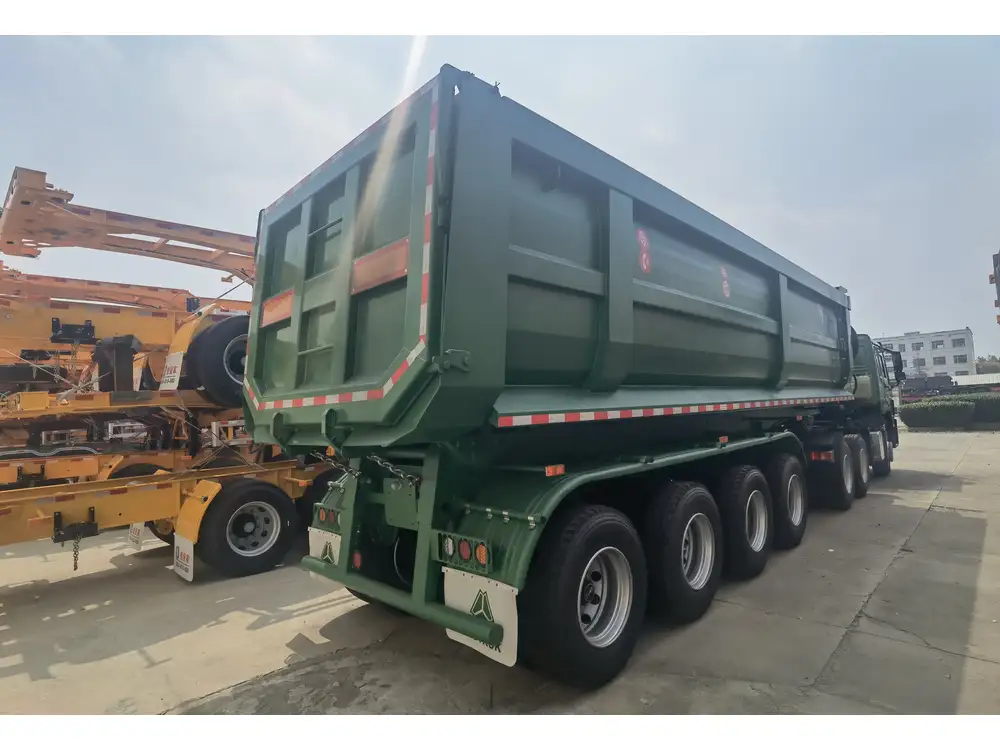
Choosing Between LNG and LPG for Your Fleet
Selecting the right fuel involves a multifaceted analysis of your fleet’s specific requirements, operational patterns, and long-term sustainability goals. Consider the following factors to guide your decision:
Operational Scope: For long-haul, interstate operations, LNG may offer superior range and efficiency. For regional deliveries, LPG provides flexibility and ease of use.
Infrastructure Availability: Assess the presence of LNG or LPG fueling stations along your routes. Integration with existing networks can significantly reduce logistical challenges.
Cost Structures: Analyze both initial investments and ongoing fuel costs to determine which option aligns with your budgetary constraints and financial projections.
Environmental Commitments: Evaluate your company’s sustainability goals and choose the fuel that best supports reduced emissions and environmental stewardship.
Regulatory Compliance: Ensure that your choice of fuel meets current and anticipated regulatory requirements to avoid future compliance issues and capitalize on potential incentives.
By weighing these factors, fleet operators can make strategic decisions that enhance efficiency, reduce costs, and promote sustainable practices.
Frequently Asked Questions
1. What are the main differences between LNG and LPG in trucking?
LNG and LPG differ primarily in their chemical composition, storage requirements, energy density, and infrastructure needs. LNG is primarily methane cooled to a liquid state at cryogenic temperatures, offering high energy efficiency suitable for long-haul operations. LPG, consisting of propane and butane, is stored under pressure at ambient temperatures, providing flexibility and ease of use for regional fleets.
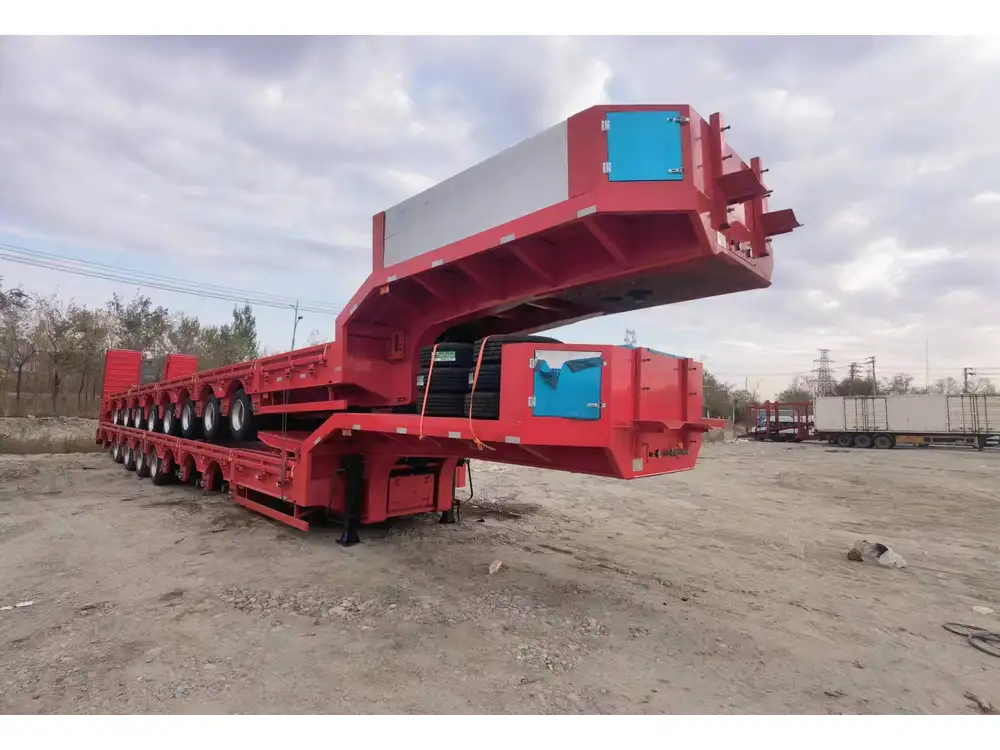
2. Which fuel is more cost-effective for semi-trailers?
Cost-effectiveness depends on various factors, including fuel prices, infrastructure availability, and operational requirements. LNG generally offers lower fuel costs per energy unit and greater efficiency for long-haul applications, while LPG provides a more affordable and readily accessible option for shorter routes and smaller fleets. Conducting a total cost of ownership analysis tailored to your specific operations is recommended.
3. How does the environmental impact compare between LNG and LPG?
LNG typically results in lower carbon dioxide (CO2) emissions and minimal particulate matter compared to LPG. It offers a cleaner combustion profile, making it a more environmentally friendly option. However, both fuels are cleaner alternatives to traditional diesel, contributing to reduced emissions and improved air quality.
4. What safety measures are essential for LNG and LPG in semi-trailers?
For LNG, essential safety measures include cryogenic tank integrity, advanced leak detection systems, and temperature monitoring to prevent boil-off and ensure safe handling. For LPG, robust pressurized tanks, flame arrestors, proper ventilation, and over-pressure protection systems are critical to mitigate the risks of leaks and explosions. Regular safety training and adherence to regulatory standards are imperative for both fuel types.

5. Can semi-trailers be converted between LNG and LPG?
Converting semi-trailers from LNG to LPG or vice versa is generally not straightforward due to the distinct storage and handling requirements of each fuel. Specialized equipment, tank modifications, and safety system alterations are necessary to accommodate the different physical states and properties of LNG and LPG. It is advisable to consult with manufacturers like CarMax Vehicle to assess the feasibility and costs associated with such conversions.



